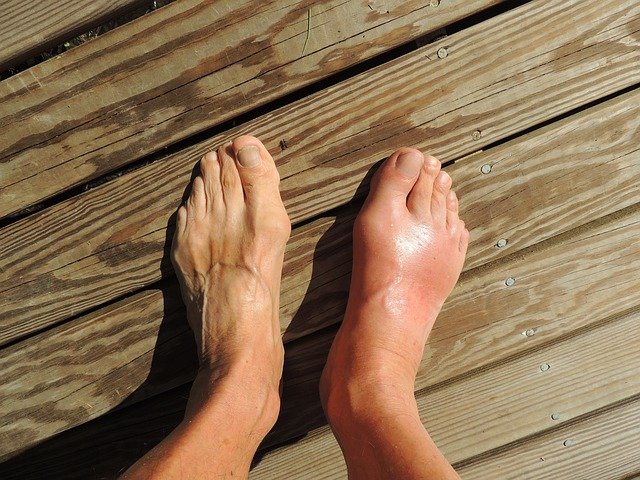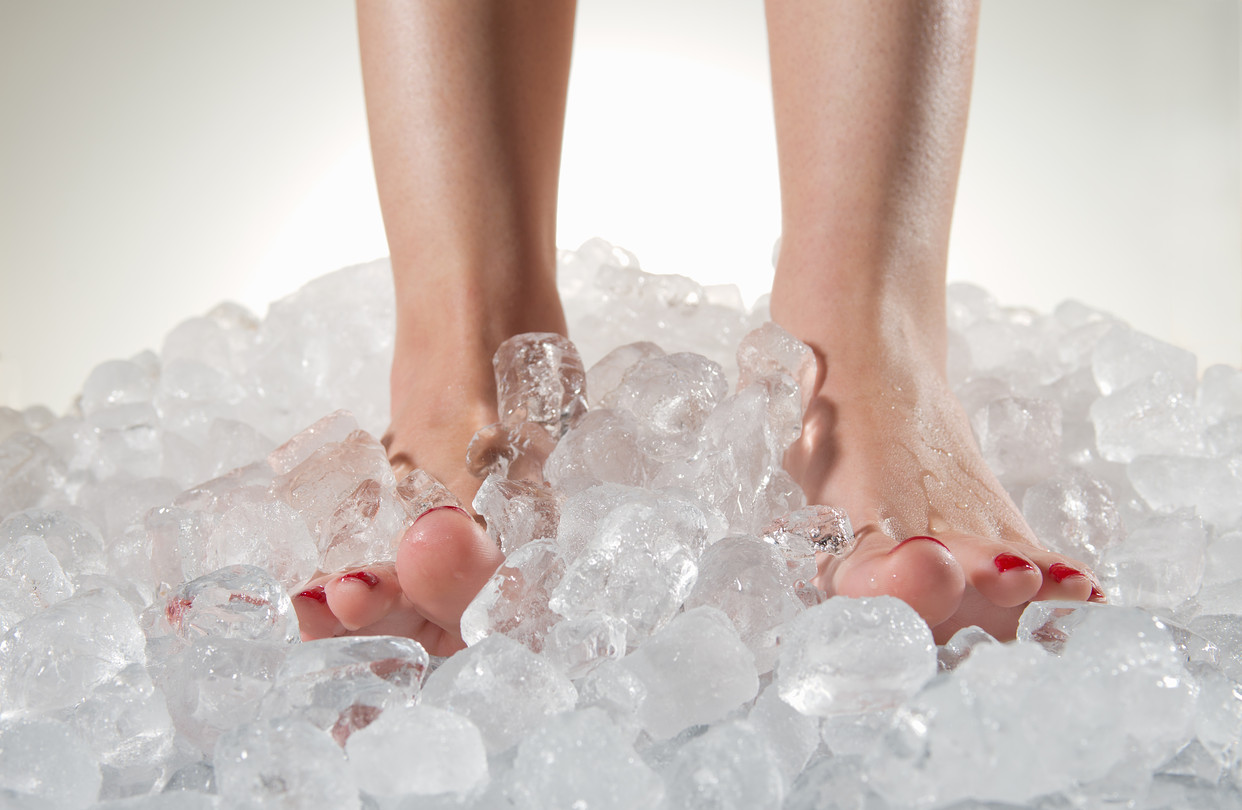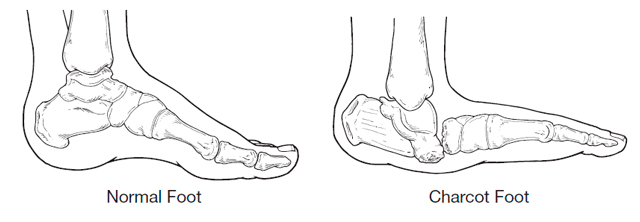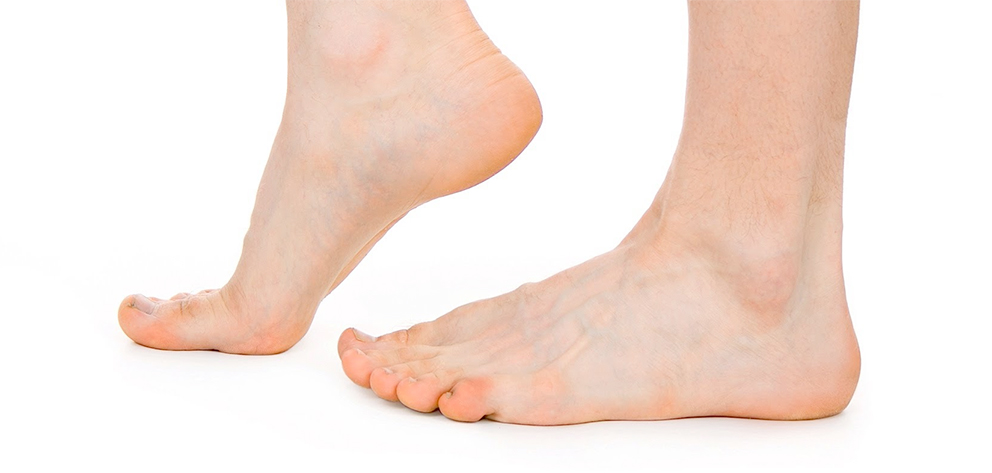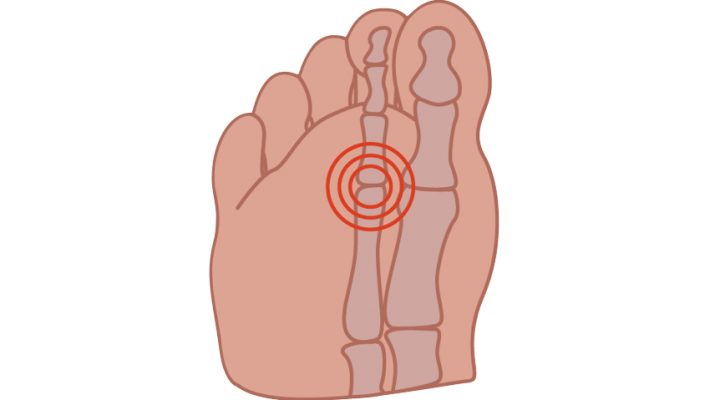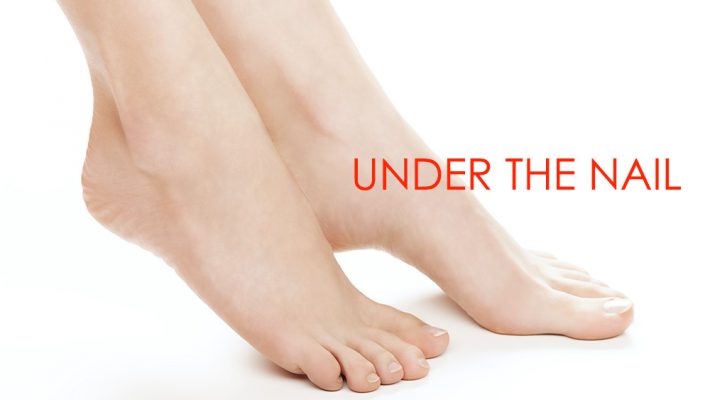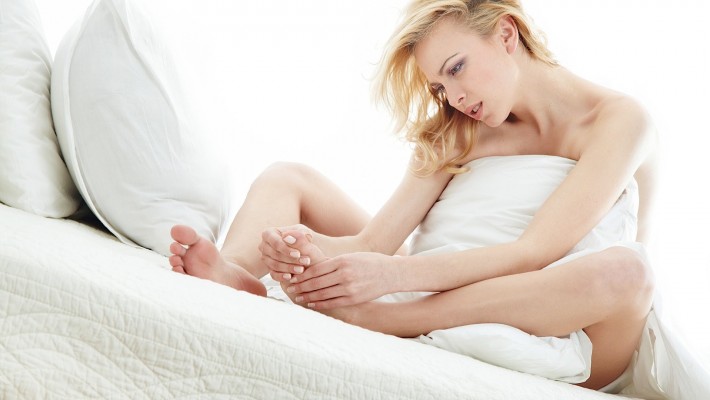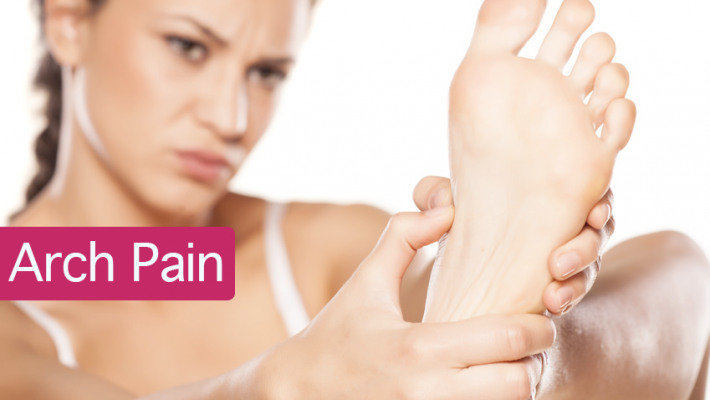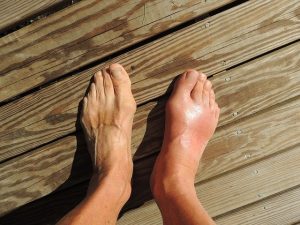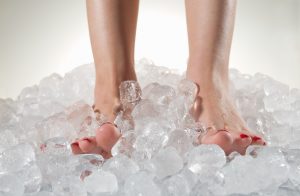As with any medical problem, understanding the cause or diagnosis is the first step to the right treatment. Swelling or to give it the correct medical term Oedema in the feet and ankles can have many causes. I thought I would talk about some of the more common causes.
There are two general categories of oedema seen in the feet. 1. Pitting oedema is as the name suggests, leaves a pit or indentation when the area is pressed with the finger and will be visible for a little time after you have pressed the area.
2. Non pitting oedema, (I think you can see where this is going) when you press the area with your finger it doesn’t leave an indentation.
Pitting oedema is generally caused by fluid, mainly water accumulating in the feet and ankles. Due to the effects of gravity the pitting oedema will be worse as the day progresses. Pitting oedema is commonly caused by poor circulation or the retention of excess fluids. Some common risk factors that may lead to these problems include sitting or standing in one position for too long, low protein levels, obesity, high salt intake, dehydration, heart failure, varicose veins, cirrhosis and pregnancy. Some medications may also cause oedema in the feet and legs, some blood pressure medications, steroid therapy, hormone therapy, contraceptive pill and even some antidepressants. All of the above causes are exacerbated by warm weather when we push more blood to the skin to try to lose heat. So I definitely see more pitting oedema in the summer here in Spain.
Non pitting oedema, is most often caused by problems with Thyroid, or the lymphatic system, lymph nodes are sometimes removed as part of cancer treatment which can lead to non pitting oedema. Lipedema ( a buildup of fat under the skin ) also causes non pitting oedema.
Generally speaking all of the above are seen in both feet and legs ( bilateral ) with maybe the exception of where varicose veins are particularly bad in one leg, ( pitting oedema ) or a lymph node is taken from just one side of the body ( non pitting oedema). There are some other non-pitting types of oedema which affect a single foot or leg, these would include, sprains and injuries, infection, and even deep vein thrombosis ( known as DVT or blood clot ). Although most oedema is associated with some discomfort, injury, infection and DVT are usually associated with acute pain, redness of the skin and heat. Untreated oedema can result in foot and leg ulcers.
Treatment, as stated at the beginning understanding the underlying cause is the most important thing often treating the underlying cause will relieve symptoms. With single foot non pitting oedema treating the underlying condition will resolve the issue. But treating the swelling with pitting oedema ( once the cause is established ) will fall roughly into three categories: Mild cases should resolve on its own by elevating legs and feet, generally above the the backside or level with the heart is even better. Severe cases diuretic tablets to help eliminate excess fluid via urine. Chronic cases compression stockings are required.

